All about the night violet

The night violet is a very unusual plant. The peculiarity is that it blooms directly at night, filling the air with a wonderful aroma. Despite this circumstance, many homeowners strive to grow night violets. But in order for an ornamental plant to look really attractive, it should be properly cared for.
Description
The night violet has several other names: nocturnal, hesperis of Matrona, mattiola. Its historical homeland is Mediterranean Europe. Some varieties can be found in the Caucasus, as well as in Central Asia.
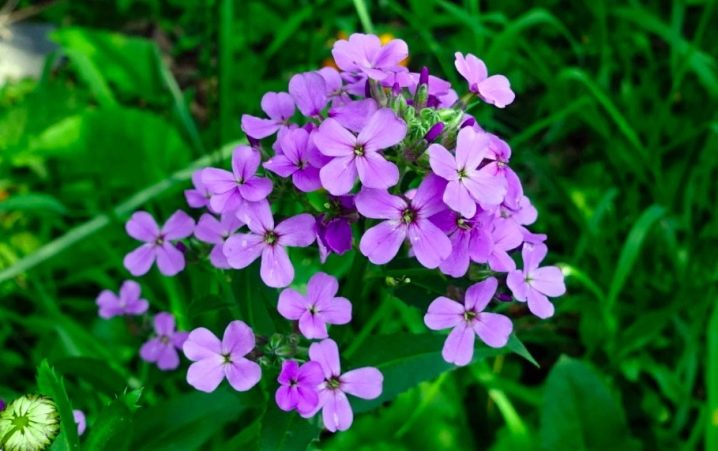
It is a perennial or annual plant that belongs to the cruciferous family. In the wild, it grows along the banks of rivers and lakes, also near roads. Stems are thin, green, inflorescences lilac or purple. Oval-shaped leaves are located on the stems, they are covered with a fluff pleasant to the touch.
The flowering period begins in May and continues throughout the summer. The characteristic feature is the unsurpassed aroma. In addition, the cut flower looks great in a bouquet and is able to maintain its freshness and original appearance for several days.

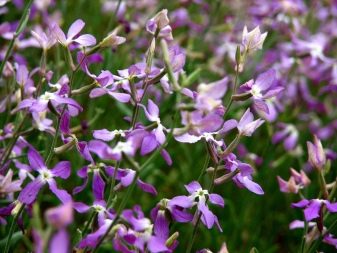
The main advantages of this ornamental plant are:
-
resistance to low air temperatures;
-
long flowering period;
-
grows equally well in both sunny and shaded areas;
-
reproduces not only by seeds, but also by cuttings.
The main disadvantage is that the flowers bloom at night. Most varieties do not look particularly attractive during the day.

Types and varieties
There are many varieties and varieties of night violets.
-
Two-horned - annual, which grows to a maximum height of 50 cm. The plant does not require insect pollination and has a rather long flowering period, which lasts 40-50 days. The inflorescences have a pronounced aroma, the shade of the petals is lilac or mauve.
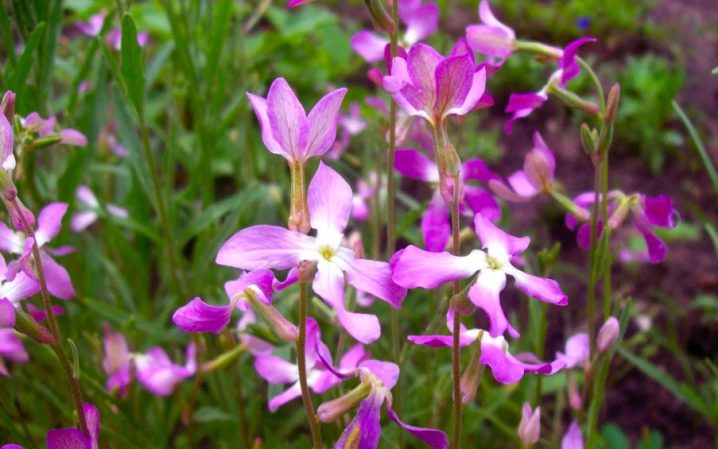
-
Gray-haired - differs in a short flowering period, but the inflorescences themselves are very bright. Shoots reach 80 cm in length.
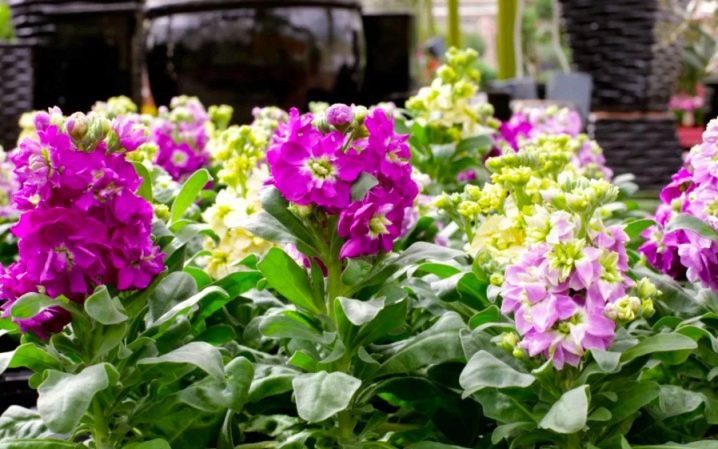
-
Siberian - it also grows in length by no more than 50-60 cm. Differs in unpretentiousness in care and high frost resistance.

The most common varieties for cultivation are:
-
Evening scent - shoots no more than 50 cm high, inflorescences of a bright purple hue;
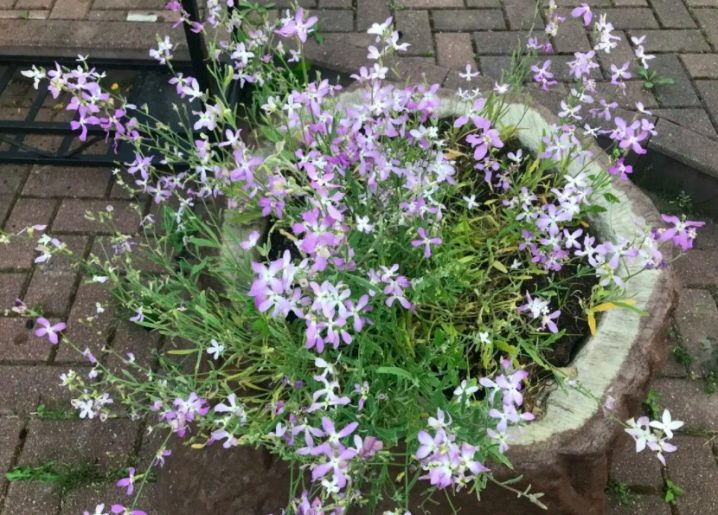
- Lilac - tall variety with bright purple flowers;

- star Light - also grows no more than 50 cm in length, has a wonderful smell that spreads over several meters;
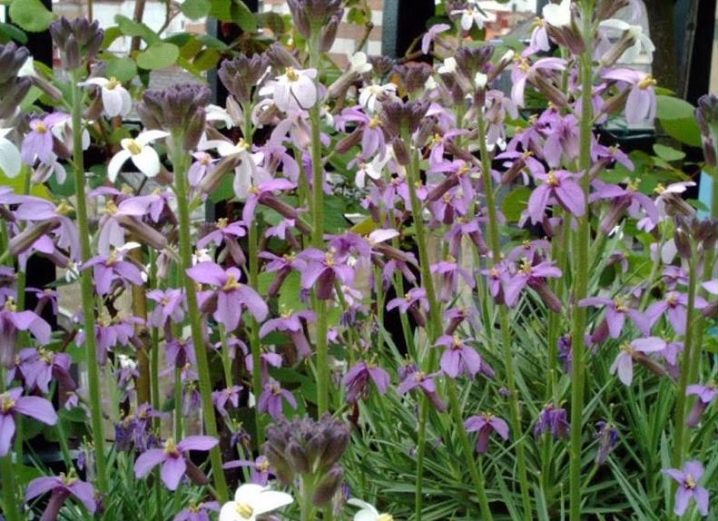
- Night beauty - medium-sized plant, buds are collected in small brushes, bloom in the dark.

And also grow ordinary night violet, raspberry, white. On a flower bed, forest and thick-haired violets look good.
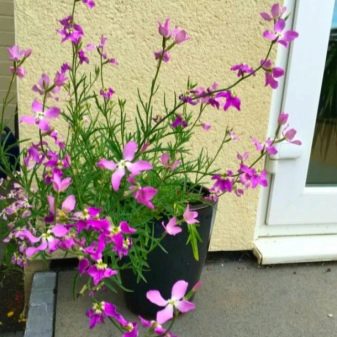
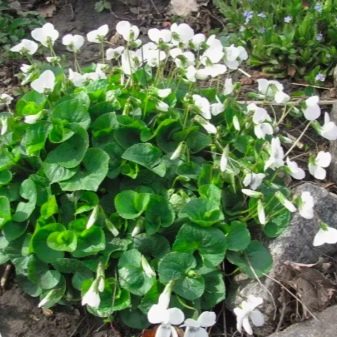
Landing
You can plant a night violet in your garden plot or in a pots on the balcony. In any case, it is recommended to use loose and fertile soil. A 3 to 1 combination of turf and river sand is ideal. It is also recommended to equip the drainage layer. For this purpose, you can use foam crumbs or expanded clay medium fraction.


It is recommended to plant seedlings in the last days of March or at the very beginning of April. Since the seeds themselves are very small, they do not need to be buried in the ground. After planting, it is enough to sprinkle with a thin layer of soil. Seedlings should be watered as carefully as possible so as not to wash out the seeds.
To improve germination, you can organize a mini-greenhouse from a regular plastic bag. In this case, one must not forget about airing, otherwise the seeds will mate.


After the first two leaves are formed on the sprouts, it is necessary to fertilize with complex mineral fertilizers. As soon as the seedling reaches 9-10 cm, it can be transplanted into pots or open ground. To do this, shallow holes should be made in the prepared area, a drainage layer should be arranged and seedlings should be transplanted. The distance between the holes should be approximately 30-40 cm.

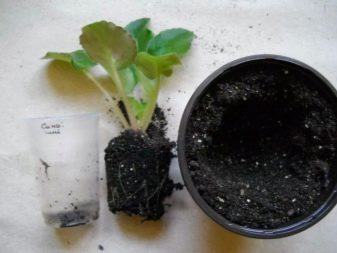
Care
Night violet is not particularly demanding to care for, but certain rules still need to be followed. The complex care includes watering and loosening the soil, as well as some other procedures if necessary.
On the balcony
Growing in a pot does not require any special conditions. The care is as follows:
-
until the young plant gets stronger, it is necessary to cover it with polyethylene;
-
if the loggia is glazed, you need to carry out regular ventilation;
-
it is necessary to carry out moderate watering, and protect the violet from prolonged exposure to direct sunlight.
It is also recommended to gently loosen the soil.
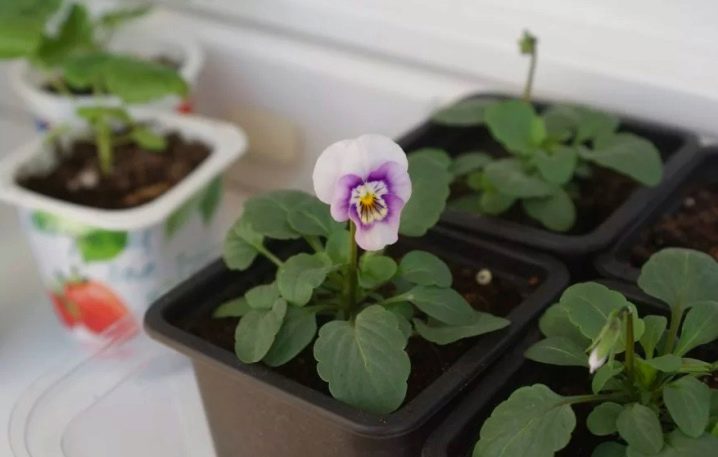
In the open field
Vechernitsa can be grown outdoors. In order for the plant to feel good, it is also necessary to take proper care of it.
Watering in this case requires moderate watering, determined by the appearance of the soil. You need to loosen it often. Another important point is the timely disposal of weeds. If they are not weeded out, they can attract pests, as well as provoke diseases.
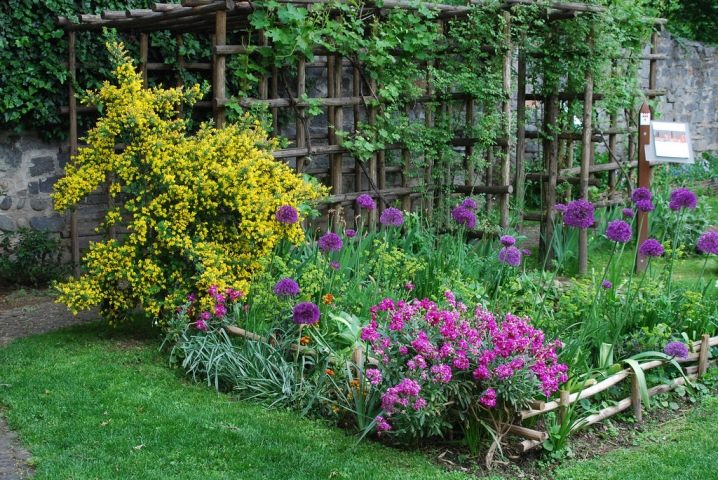
Reproduction
Reproduction of night violets is possible with the help of seeds. There are two options for obtaining seed: collect it yourself or purchase it in a store. With the last method, everything is clear. The main thing is to buy in a trusted store so that the seeds are of high quality.

If there is already such a violet on the personal plot, then you can start collecting seeds for future plantings on your own. The process is simple, but rather painstaking and consists of several successive stages.
-
The seeds are placed in special boxes. You should not rush to collect. It is recommended to wait for the first frost. By this time, they are usually completely ready.
-
They need to be collected and spread on a newspaper to dry for about 10-14 days.
-
For the subsequent storage of seeds, it is recommended to use either a paper envelope or a small bag made of natural fabric. To prevent the seeds from losing their qualities, it is recommended to keep them in a dark and cool place, for example, in the refrigerator. With proper storage, they do not lose germination for three years.
After three years, the seeds begin to lose their original qualities. Their quality deteriorates significantly, and their size also decreases.
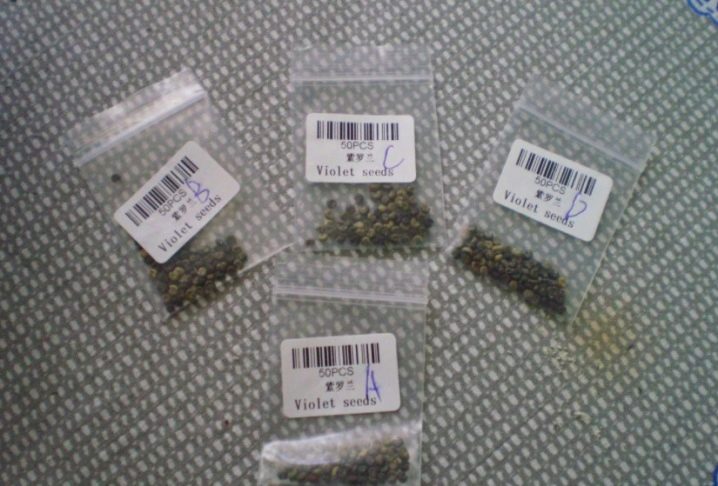
Diseases and pests
The violet is often attacked by various pests. In order to prevent this, it is necessary to carry out soil treatment with special compounds before planting. Suitable "Bactofit" or "Hom".
With excessive watering, root rot and fungal diseases occur. In this case, any treatment with chemicals is pointless. It is much easier to get rid of the affected shoots. It is advisable to burn them. To prevent the situation from repeating itself, it is necessary to urgently stop watering, try to get rid of excess moisture. Watering is carried out only as the soil dries up.
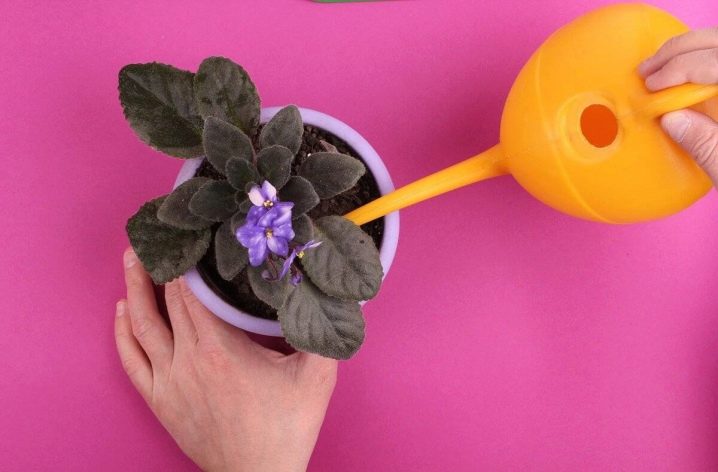
The night violet can be attacked by pests. Here are the most common ones.
-
The flea is cruciferous. It appears due to a long period of drought. The main symptom is small holes in the leaves.You can fight the pest with the help of an effective folk remedy - fly ash. Sprinkle the plant. It is best to choose dry and calm weather for the procedure.
-
Cabbage butterfly. It is recommended to remove the larvae of the pest in the form of caterpillars, as well as to get rid of the affected leaves and shoots. In the event of a strong attack, it is necessary to spray the plant with an ash solution once every 5 days, until the insects disappear.
-
Medvedka. This pest lives in loose soil, is able to cut plants at the root, including the night violet. It does not tolerate the smell of kerosene, so a small amount of this substance can be dropped next to the flower bed.
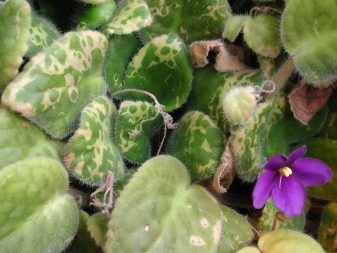

In order for the night violet to look attractive, it is necessary to get rid of pests in a timely manner, as well as to carry out timely and proper care. The flower looks attractive in flower beds, so it is often used by landscape designers.

Here is a flower bed with violets that began to bloom at dusk. And this is another type of violet with small inflorescences. Such ornamental plants look attractive individually or in a common flower bed.
































The comment was sent successfully.